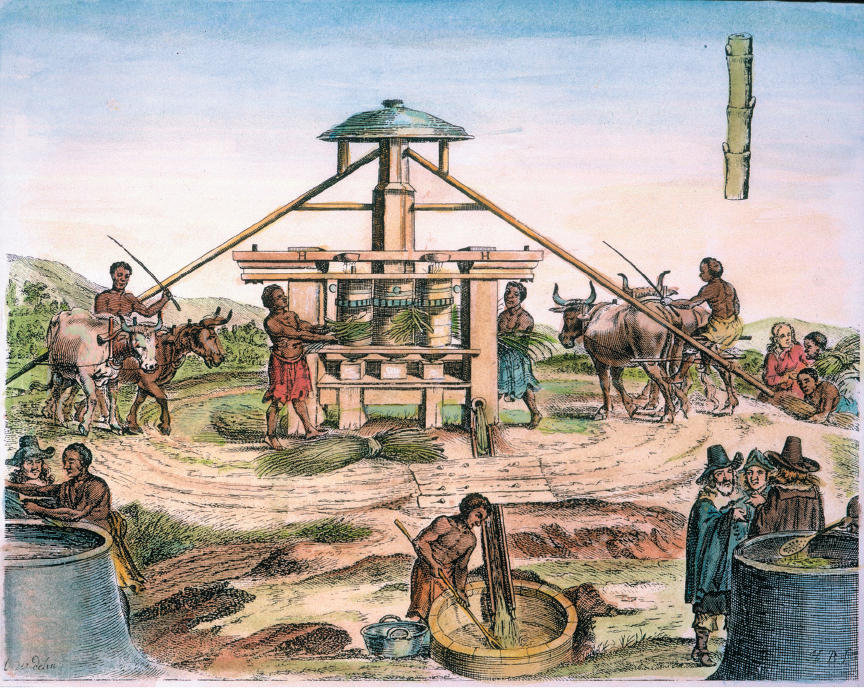America’s History: Printed Page 52
America: A Concise History: Printed Page 44
America’s History: Value Edition: Printed Page 43
The Caribbean Islands
Virginia’s experiment with a cash crop that created a land-intensive plantation society ran parallel to developments in the Caribbean, where English, French, and Dutch sailors began looking for a permanent toehold. In 1624, a small English party under the command of Sir Thomas Warner established a settlement on St. Christopher (St. Kitts). A year later, Warner allowed a French group to settle the other end of the island so they could better defend their position from the Spanish. Within a few years, the English and French colonists on St. Kitts had driven the native Caribs from the island, weathered a Spanish attack, and created a common set of bylaws for mutual occupation of the island.

After St. Kitts, a dozen or so colonies were founded in the Lesser Antilles, including the French islands of Martinique, Guadeloupe, and St. Bart’s; the English outposts of Nevis, Antigua, Montserrat, Anguilla, Tortola, and Barbados; and the Dutch colony of St. Eustatius. In 1655, an English fleet captured the Spanish island of Jamaica — one of the large islands of the Greater Antilles — and opened it to settlement as well. A few of these islands were unpopulated before Europeans settled there; elsewhere, native populations were displaced, and often wiped out, within a decade or so. Only on the largest islands did native populations hold out longer.
Colonists experimented with a wide variety of cash crops, including tobacco, indigo, cotton, cacao, and ginger. Beginning in the 1640s — and drawing on the example of Brazil — planters on many of the islands shifted to sugar cultivation. Where conditions were right, as they were in Barbados, Jamaica, Nevis, and Martinique, these colonies were soon producing substantial crops of sugar and, as a consequence, claimed some of the world’s most valuable real estate.